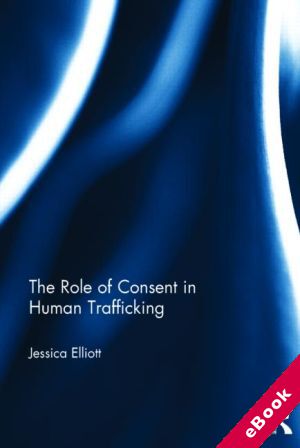We will be closed from 5pm Thursday 17th April for the Easter Bank Holidays, re-opening at 8.30am on Tuesday 22nd April. Any orders placed during this period will be processed when we re-open.

The device(s) you use to access the eBook content must be authorized with an Adobe ID before you download the product otherwise it will fail to register correctly.
For further information see https://www.wildy.com/ebook-formats
Once the order is confirmed an automated e-mail will be sent to you to allow you to download the eBook.
All eBooks are supplied firm sale and cannot be returned. If you believe there is a fault with your eBook then contact us on ebooks@wildy.com and we will help in resolving the issue. This does not affect your statutory rights.
Consent in the law is a much debated and unquestionably problematic notion, uniform definition and application of which to different situations can be both difficult to achieve, and inappropriate. Furthermore, establishing the presence of 'coercion' and therefore lack of consent can be highly problematic, particularly in terms of situations of human trafficking and illegal prostitution, activities which may be deemed inherently coercive and problematically clandestine.
This book explores the legal notion of consent, arguing that when it is applied to situations of human trafficking, migration and sexual exploitation, it presents a series of problems and issues which the current law may be inadequate to address. The book addresses the nature and role of consent in the transnational trade in women for sexual exploitation. The legal definition of 'trafficking in humans' in international instruments is discussed while the book also takes a comparative approach examining the domestic implementation of the international law in different countries, as well as the various approaches to tackling human trafficking.
The determination who is and who is not in fact a trafficked victim is something States take very seriously and determinations one way or the other can lead to vastly different outcomes. As with the asylum and refugee process, there is often a system of rights and privileges available to the formally trafficked individual, as well as the human rights protections available to any individual who may need to rely upon them.
Jessica Elliott considers what the ramifications of inclusion of this controversial element are for the putative victims, and what concession, if any, can be made for those who have been subject to serious sexual exploitation yet due to the technical nature of the definition of human trafficking, fall below the formal standard of 'trafficked'.